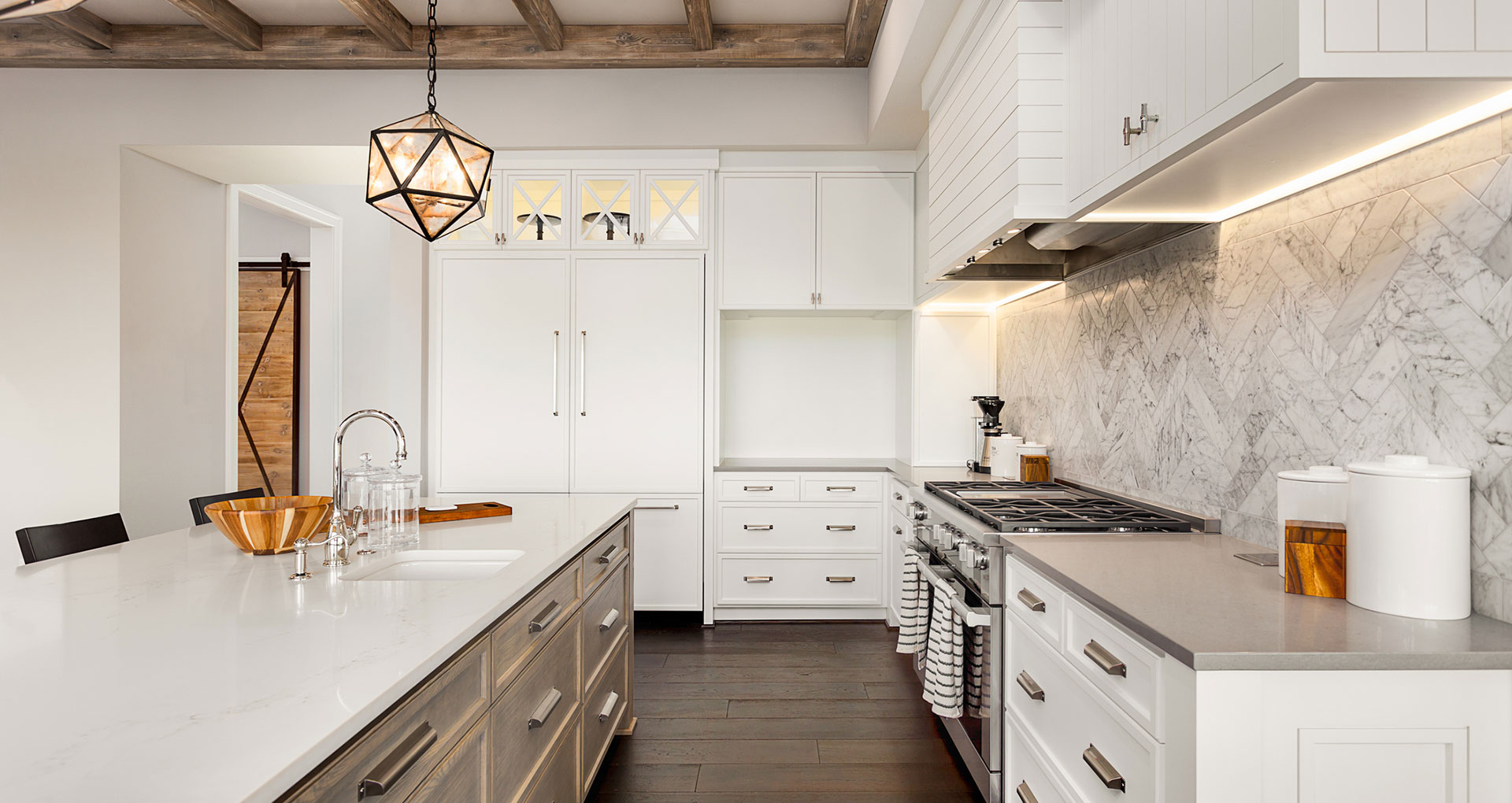You have finally decided to pull the trigger on the home remodel you have been dreaming of for years. It has been a long time coming and now is the time to do it. All of that is great news, but are your forgetting something? The budget. How much are you willing to spend on your renovation?
Remodeling a home is a major undertaking that will cost money. You need to be realistic with your budgeting and know what you will and will not compromise one. Here are a few things to consider when budgeting for your remodel.
Know What You Are Willing to Spend
How much are you willing to spend on this remodel? Are you comfortable with that number?
Homeowners can pay for renovations with cash or with financing. With cash, you know the exact number you have to play with. With financing, you know how much money you can spend each month paying the loan back. The financing company will tell you the amount they are willing to lend. So, you have numbers to start with.
Get a Rough Estimate of the Costs
Once you have a number you are comfortable with, the next step is to talk with a contractor like Alair Homes Houston to get a rough ballpark estimate. They have experience and expertise in these types of projects and can give you a range for the final cost of the project.
Don’t be surprised if you find the actual cost is double or even triple the number you thought it would be. The costs of materials keeps going up as does the wages of skilled tradesmen.
Know Exactly What is Included in Estimates
When you get an estimate from a contractor or designer, you want to know exactly what is included in that number. Homeowners like to think in a single price that covers everything from construction to furnishings. Most estimates from designers and contractors do not include furniture or appliances. If you want those items included in the budget, you will need to add them yourself by getting estimates.
Build in a Contingency Fund
Most contractors want a 20% contingency fund built into a renovation budget. There are almost always unexpected hurdles once a project starts. It could be as simple as needing to move an electrical line in a wall to something as complicated as an accidentally cut sewer line in the wrong place. The money to pay for those hurdles must come from somewhere, not for upgrades.
Be Realistic
When you have all the estimates together and your contingency fund thought out, it is time to come up with a final number. This is the time to be as realistic and pragmatic as possible.
The number you had in mind may not match the estimates you received. Where do you compromise? Do you bring your number up to match the estimates, or do you reduce the scope of the project to meet your number? What happens if you run out of money in the middle of the project?
These are all questions you need to answer before proceeding with the renovation. It is better to do all this work before the renovation begins than find yourself with a half-finished project that is unlivable.

